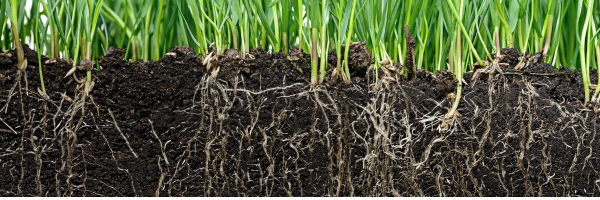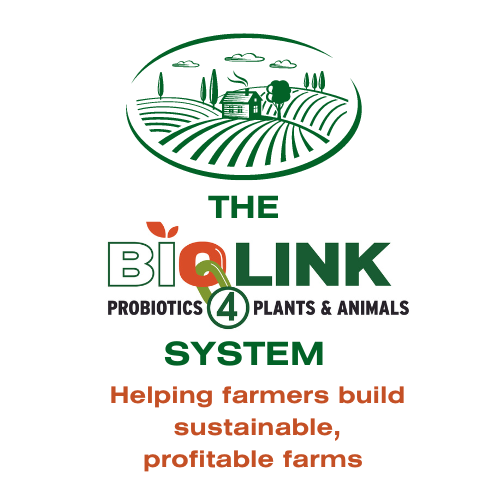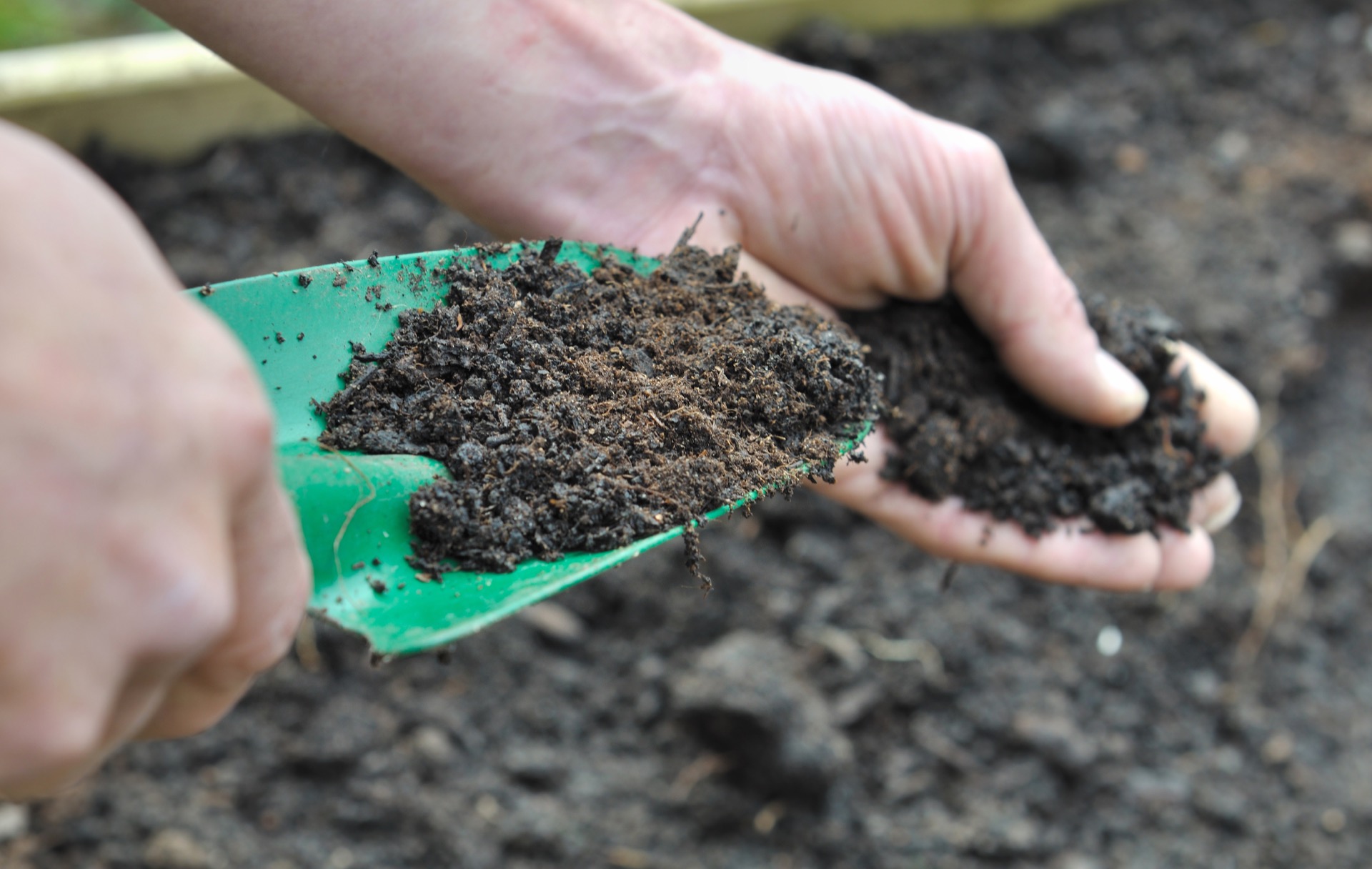
13 Nov Optimising plant growth: the power of combining humates and microbials
Adding humates to your fertiliser applications is an excellent way of boosting plant growth.
Humates work by stimulating the root system and boosting the nutrient uptake of plants. Common nutrients found in conventional fertilisers, such as phosphorus, zinc, and Iron, work that little bit harder with humate supplements. They also help plants tolerate stress, such as drought or salt stress.
But are humates enough to get the most out of the nutrient inputs you’re using on your plants and pasture?
Both research and in-the-field experience have proven how adding both microbials and humic substances to conventional fertiliser applications helps boosts plant growth.
The effect of combining humates and plant growth-promoting bacteria (PGPB) on blueberry seedlings
In one study, researchers looked at the effect of microbials and humic substances on the growth of blueberry seedlings. They then compared plant growth and nutrient uptake when they were used separately and together.
One year after planting, the results were:
- The combined application of microbial consortium and humic substances was the most effective, with a 50% increase in shoot dry weight and a 43% increase in root dry weight compared to the control plants
- The microbial inoculant treatment also showed increased shoot and root dry weights, with values 32% and 31% higher than the control plants.
- The combined treatment improved nitrogen and potassium uptake compared to the unamended soil.
- Researchers also looked at any changes in soil properties. They found that the soil nitrate content was higher when applying the humic substances alone. They also saw changes in the rhizobacterial community composition.
Microbials plus humates: their combined effect on lettuce crops
In a 2022 study, Combination of humic biostimulants with a microbial inoculum improves lettuce productivity, nutrient uptake, and primary and secondary metabolism the findings included:
- The combination of Potassium Humates (KH) and Compost Tea (CT) with the microbial inoculum showed the largest shoot fresh and dry weight that increased by 41 and 52% respectively, compared to the control.
- The individual application of biostimulants slightly affected the micronutrient content of treated leaves, compared to the control, but adding the microbial inoculation (M+) significantly improved their uptake by lettuce plants.
The study concluded that the right mixture of humic biostimulants and microbials had great potential to improve the productivity and nutritional status of plants.
What’s the benefit of combining microbials and humic substances in agriculture?
Nurturing healthy soil and plants, increasing productivity and profitability. These are the key benefits of supplementing your conventional fertiliser with the right mix of both humates and microbials. The other big benefits are:
- Cutting inputs and reducing costs – to reduce the amount of pesticides and mineral fertilisers you need to maintain – and even increase – yields. By gradually topping up the microbial activity in the soil, farmers should be able to reduce their inputs, cut their costs, and reduce their financial burden.
- Mitigating environmental impact – Cutting down on your conventional fertiliser helps reduce pollutant run-off into waterways. Not only is this nutrient-rich run-off a waste of resources, but it’s also bad for the health of rivers and streams, promoting blue-green algae and damaging fish, animal, and human health.
- Improving food security and allowing for more sustainable agriculture – by improving the yield and cutting on-farm costs, growers can better support themselves and their local communities, guarantee sovereign food sources, and support national and overseas markets further afield.
The Biolink System helps build sustainable, profitable farms
Over the years, we’ve discovered that combining plant growth-promoting bacteria (PGPB) and humic substances (HSs) can make a real difference.
That’s why we developed an affordable range of powerful, multi-strain microbial-based fertilisers, soil stimulants, and animal probiotics.
We say ‘affordable’, because even when you begin using them alongside your conventional fertiliser, by using the Biolink System, you’ll find that it’s a cost-neutral approach.
Over time and used properly, they’ll not only save you money. Using the Biolink range will help you build and maintain a sustainable, profitable farm.
Find out how other Australian farmers are using Biolink products and talk to us about how we can help improve productivity and plant growth.




